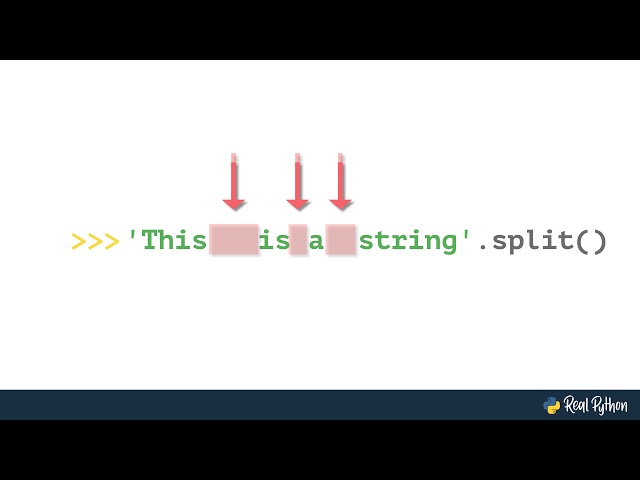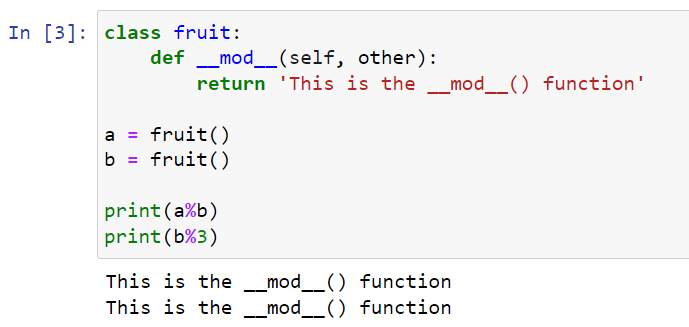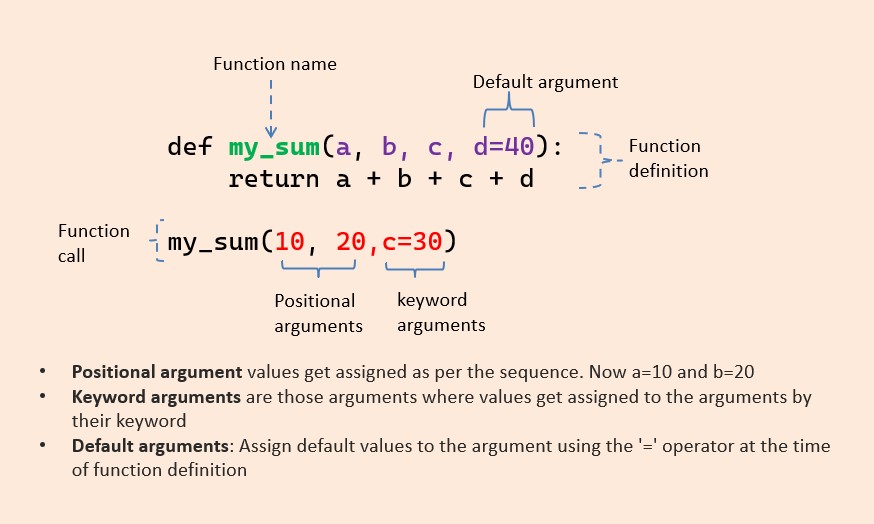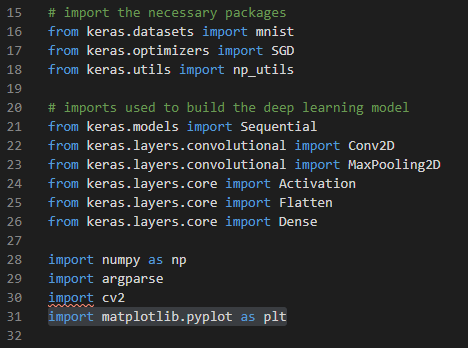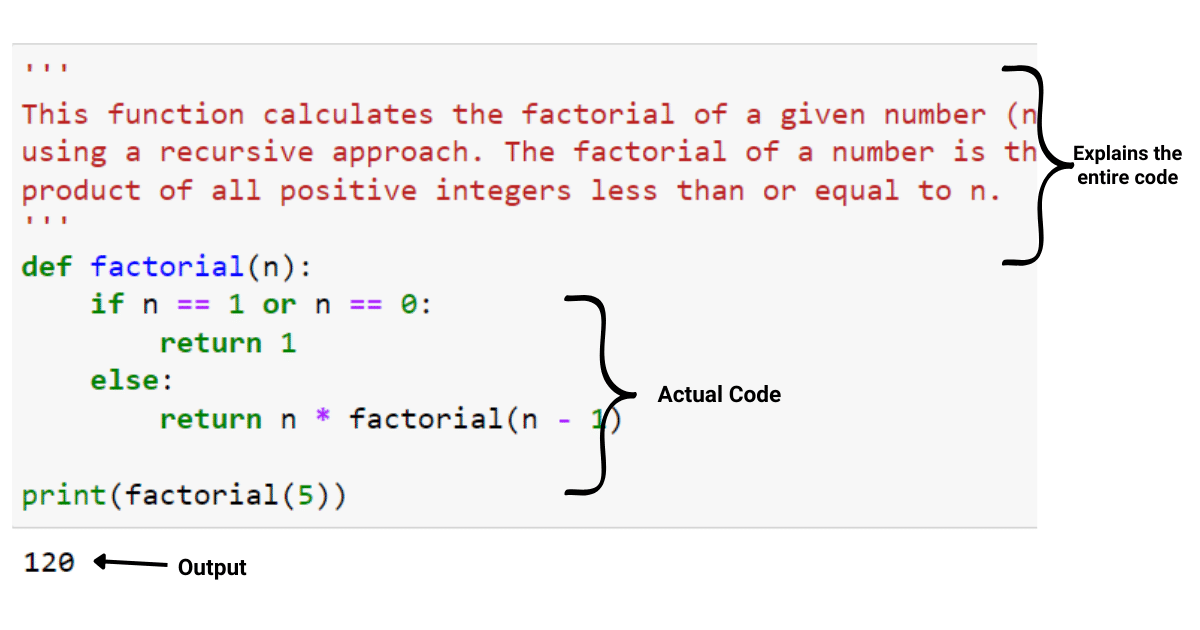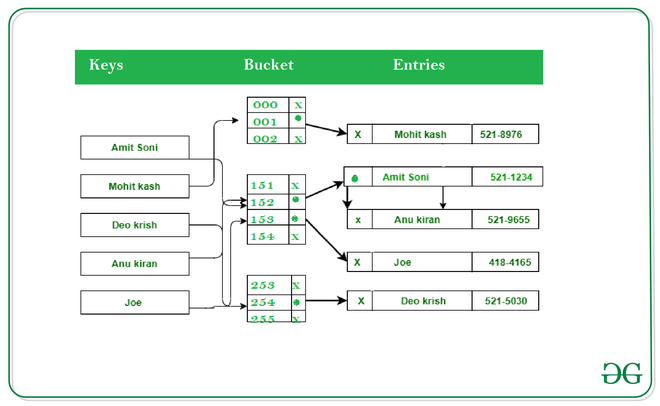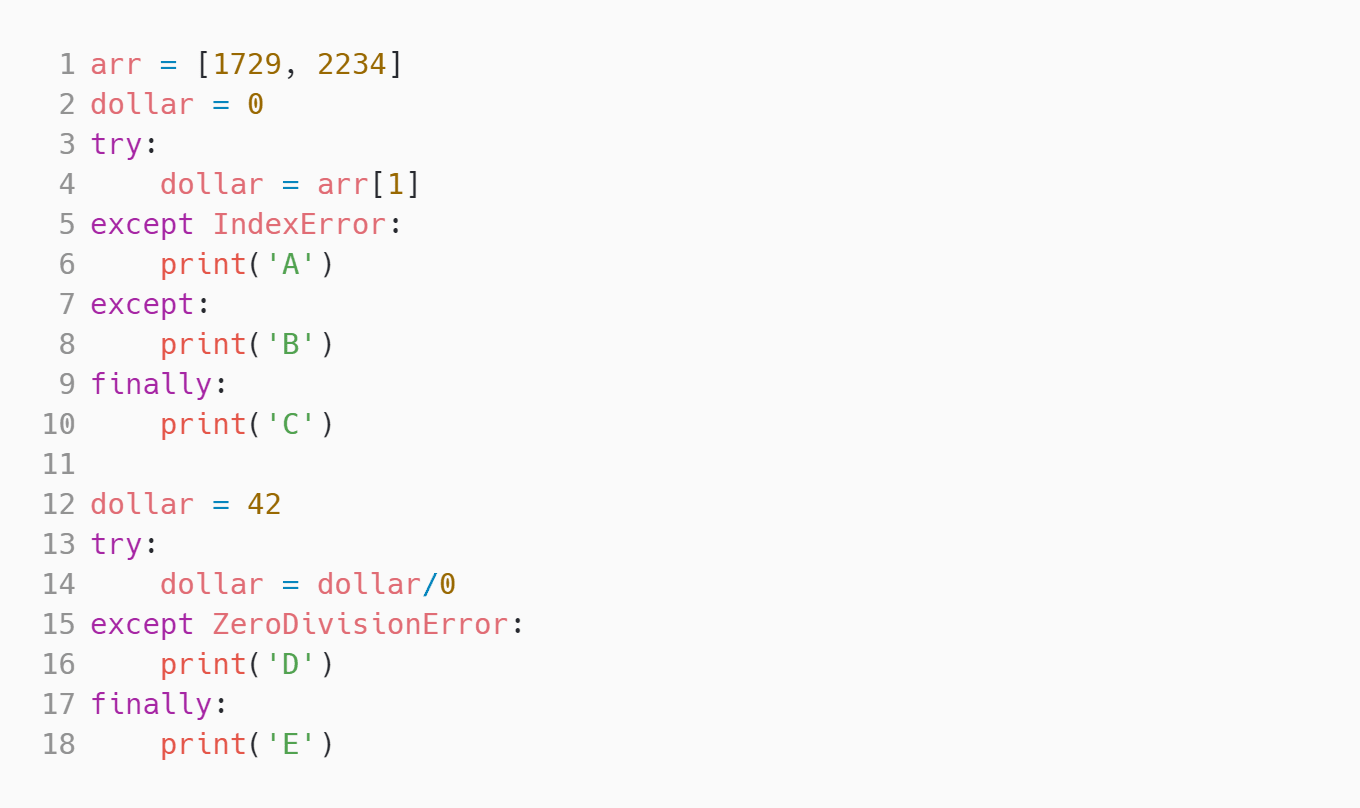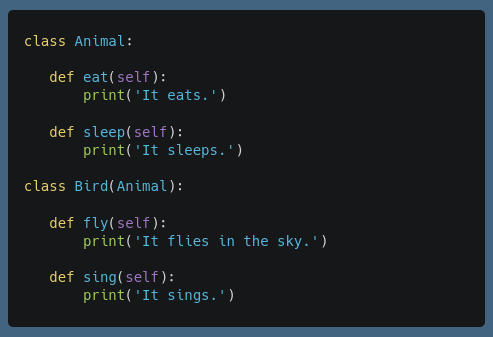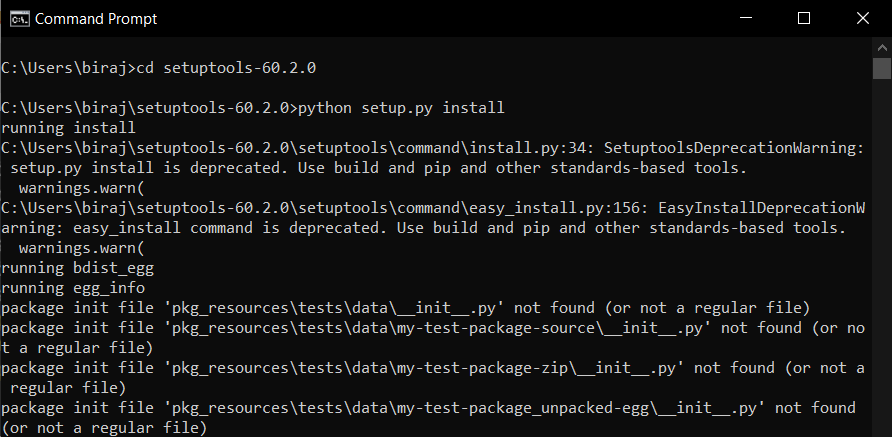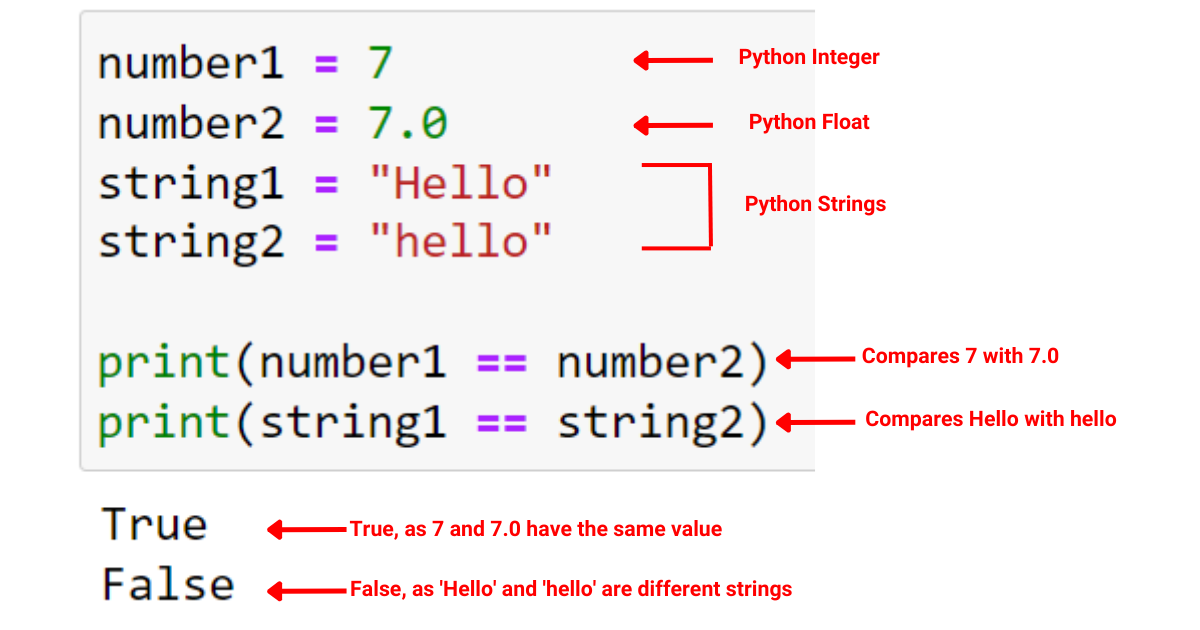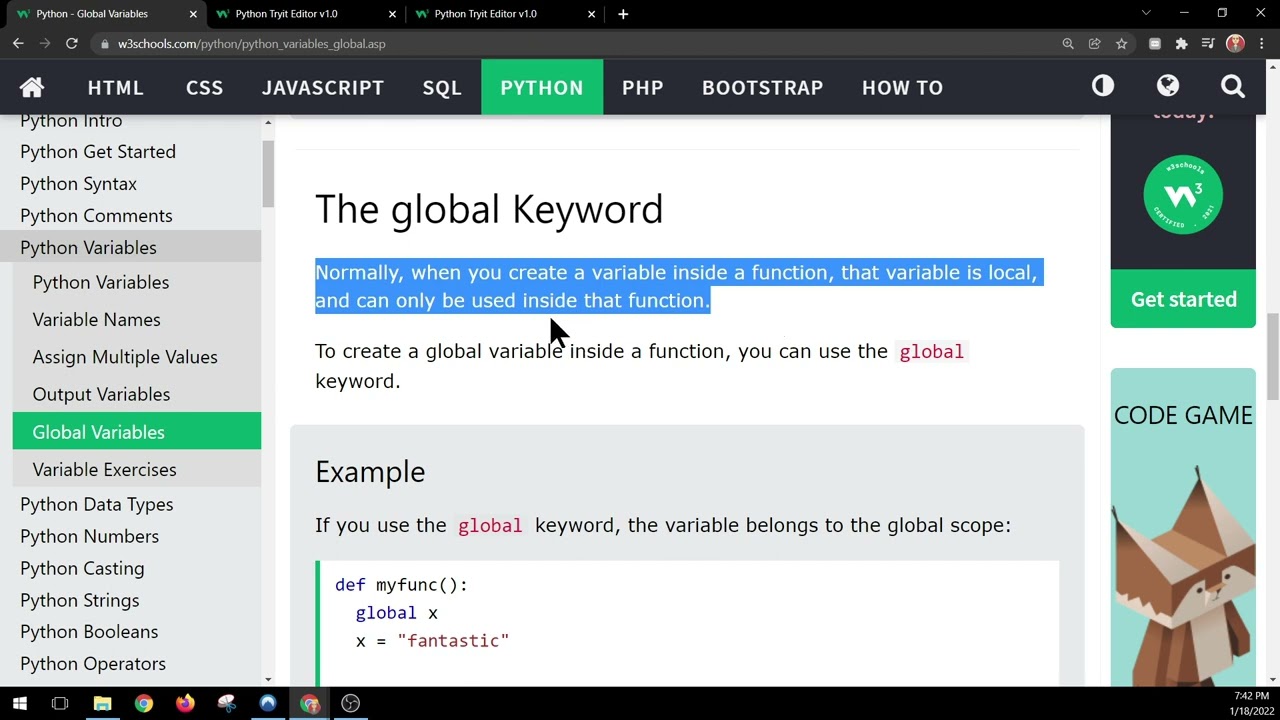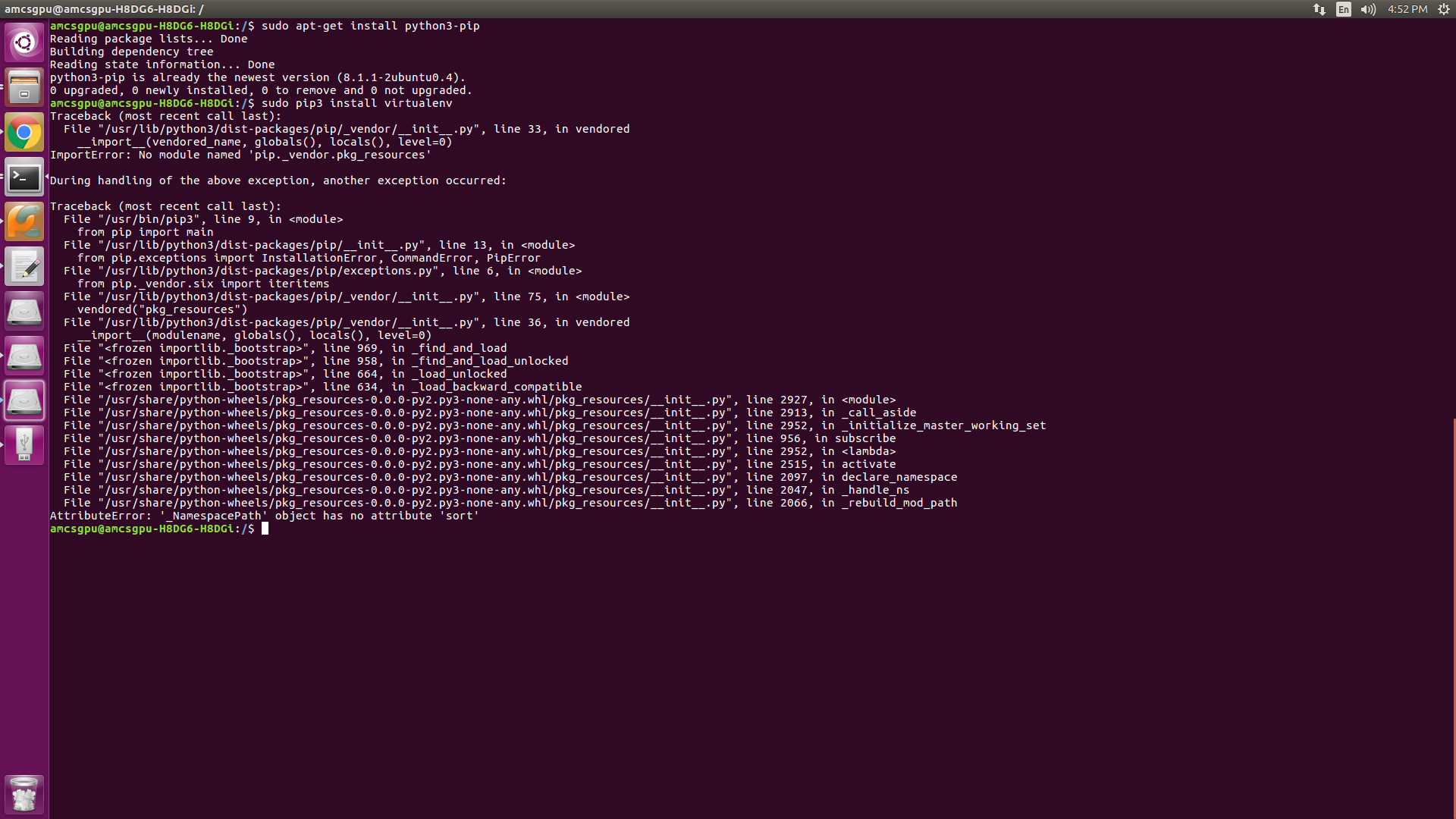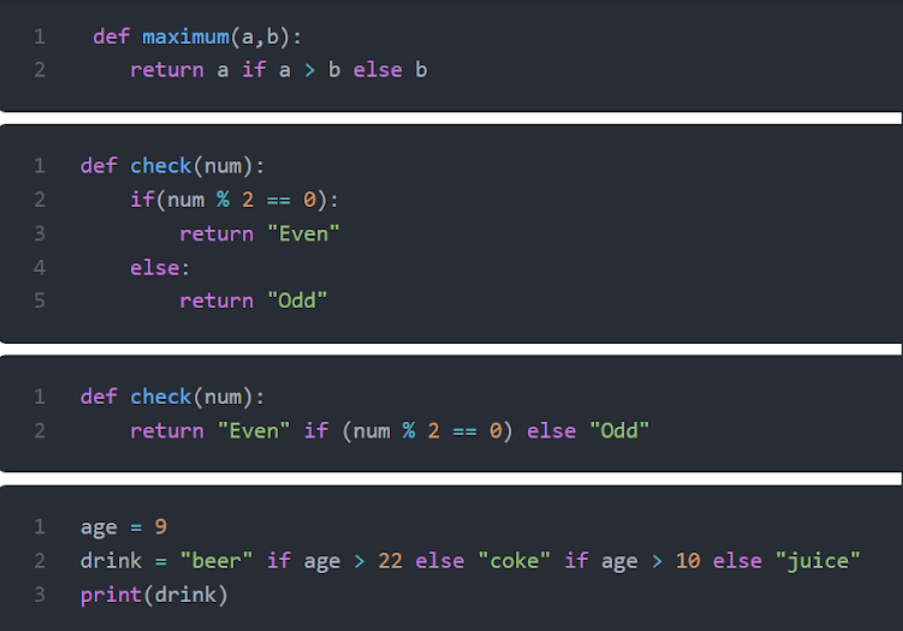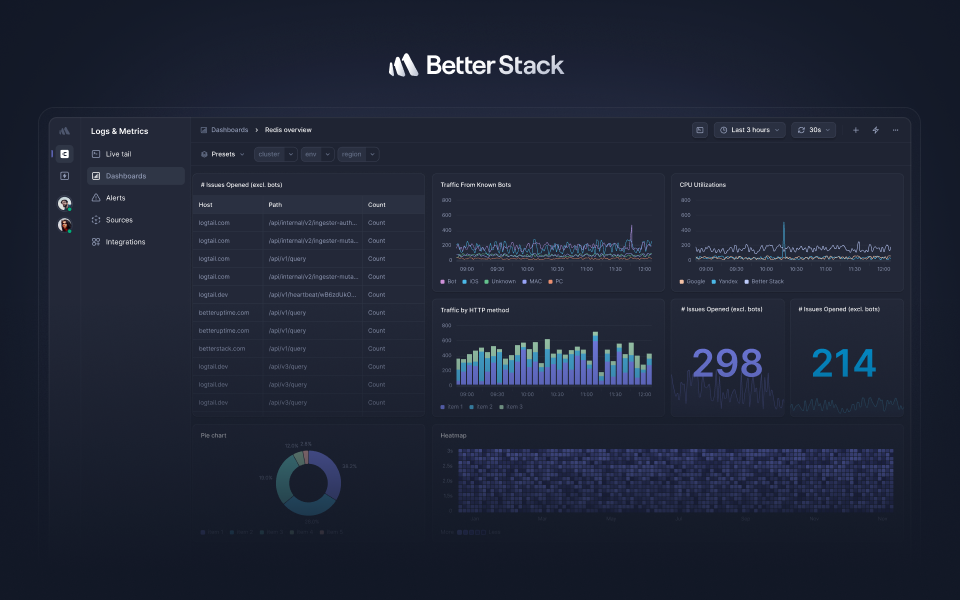Python rate_limit async
Python rate_limit async

The elusive art of implementing a robust rate limiter in Python!
Asynchronous programming has made it easier to tackle this problem, and I'm excited to share my solution with you. Before diving into the code, let's first understand what rate limiting is all about.
What is Rate Limiting?
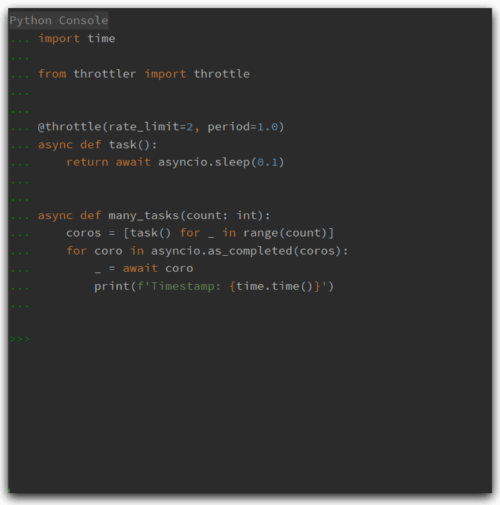
Rate limiting is a mechanism used to control the frequency at which a system (in this case, a Python application) can process requests or perform actions. This is often necessary in situations where an application is vulnerable to abuse, such as:
Protecting against denial-of-service (DoS) attacks. Preventing excessive usage of resources. Enforcing fairness and preventing one entity from dominating the system.Why Async?
Asynchronous programming allows your code to run concurrently with other tasks or threads, improving performance and responsiveness. In this case, we'll use async to handle rate limiting efficiently without blocking our main application thread.
The Code: rate_limit.py
import asyncio
from functools import wraps
class RateLimiter:
def init(self, limit: int, time_window: int):
self.limit = limit
self.time_window = time_window
self.requests_made = 0
self.last_request_time = asyncio.get_running_loop().time()
async def is_allowed(self) -> bool:
now = asyncio.get_running_loop().time()
if (now - self.last_request_time) / 1000 > self.time_window:
self.requests_made = 0
if self.requests_made < self.limit:
return True
return False
def check_and_sleep(self):
loop = asyncio.get_running_loop()
async def sleep_and_check():
while not await self.is_allowed():
await asyncio.sleep(1)
loop.run_until_complete(sleep_and_check())
def rate_limit(func):
@wraps(func)
async def wrapper(*args, **kwargs):
limiter = RateLimiter(limit=10, time_window=60) # Example values: 10 requests per minute
await limiter.check_and_sleep()
return await func(*args, **kwargs)
return wrapper
@rate_limit
async def example_request():
print("Request made!")
await asyncio.sleep(1) # Simulate a long-running operation
Test the rate limiter
async def main():
for _ in range(50): # Make 50 requests within a minute
await example_request()
asyncio.run(main())
How it Works
The RateLimiter class keeps track of the number of requests made (requests_made) and the time of the last request (last_request_time). The is_allowed method checks if the request is allowed based on the current time window.
The check_and_sleep method uses this information to block the application thread until the rate limit is met. If the request is not allowed, it waits for the specified time before checking again.
The rate_limit decorator wraps your function and applies the rate limiter. When you call a decorated function (like example_request), the rate limiter will ensure that the function is only executed within the allowed limits.
Conclusion
In this example, we've implemented a basic rate limiter using async programming in Python. This approach ensures that our application can efficiently handle a large number of requests while preventing abuse and protecting against DoS attacks. You can modify the rate limiting parameters (e.g., limit and time_window) to suit your specific needs.
Remember, this is just a basic example, and you may need to fine-tune or extend it for more complex scenarios. Happy coding!
Python rate_limit async
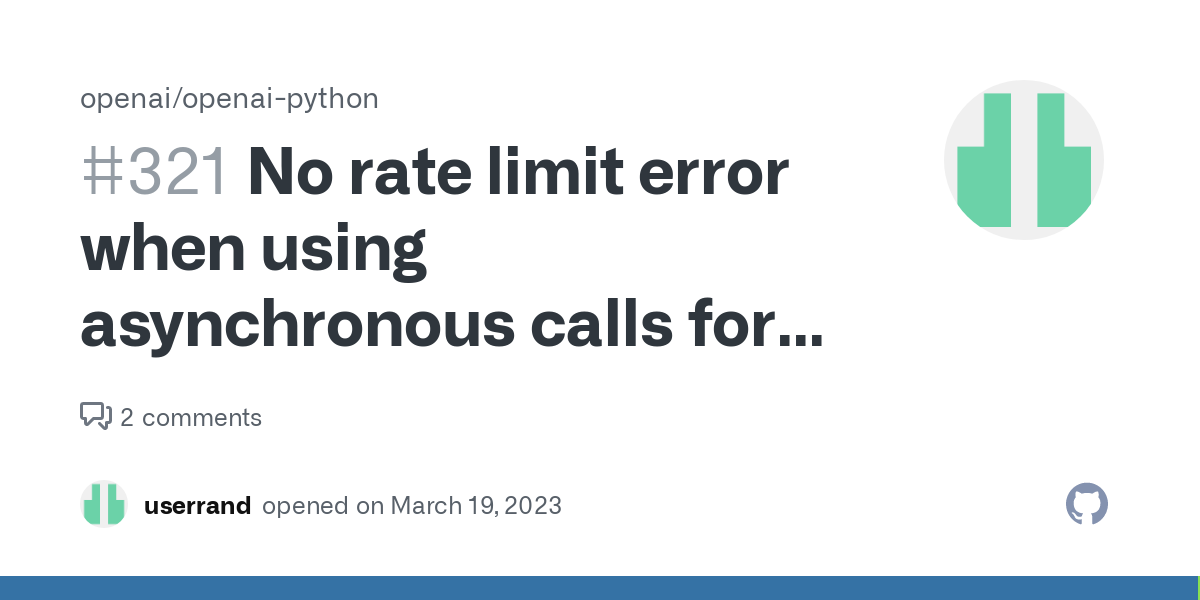
Here's a comprehensive answer to your request:

Python Rate Limiting using asyncio
In this response, we'll discuss how to implement rate limiting using Python and its asyncio module. This is particularly useful when dealing with API requests that have rate limits or require a certain frequency of calls.
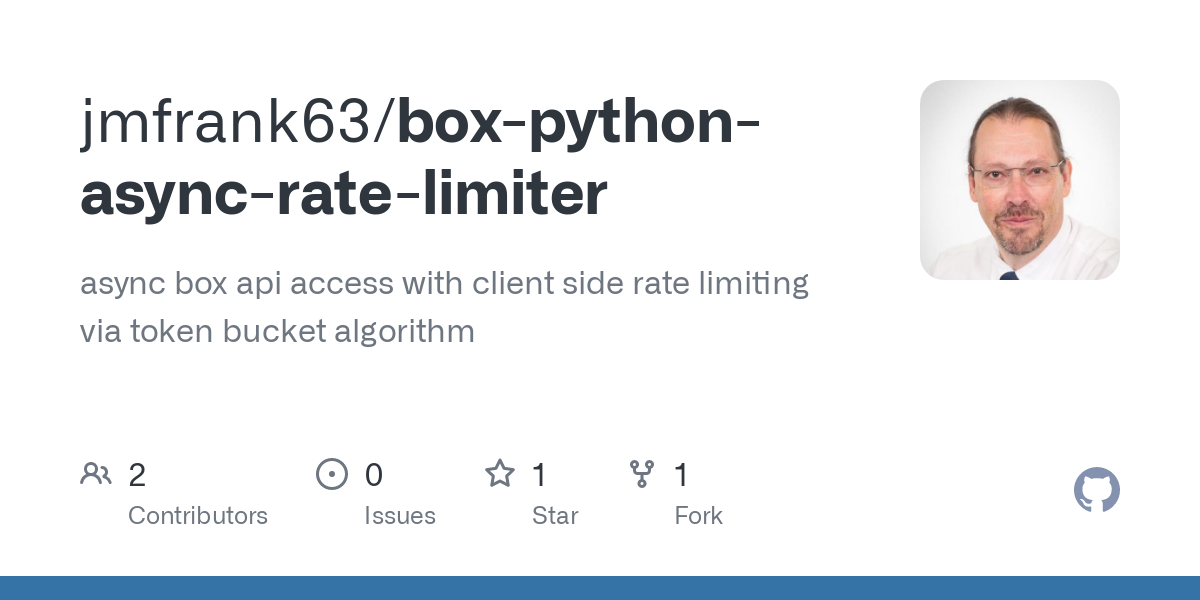
Why Rate Limiting?
Rate limiting is an essential aspect of building robust applications, especially those interacting with APIs or databases that have restrictions on the number of requests per time period. It helps prevent your application from being blocked by the API provider due to excessive calling.
asyncio: The Powerhouse of Python Concurrency
Python's asyncio module provides a powerful framework for writing single-threaded, concurrent code using coroutines, also known as async/await. This allows you to handle multiple tasks concurrently without blocking other tasks. In the context of rate limiting, we'll use asyncio to manage our request queue and ensure that we don't exceed the allowed request frequency.
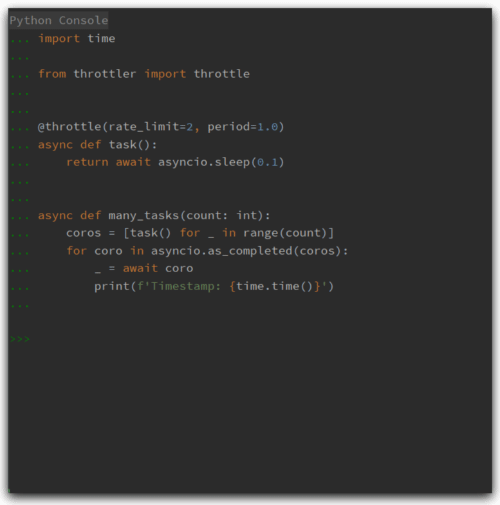
Implementing Rate Limiting with asyncio
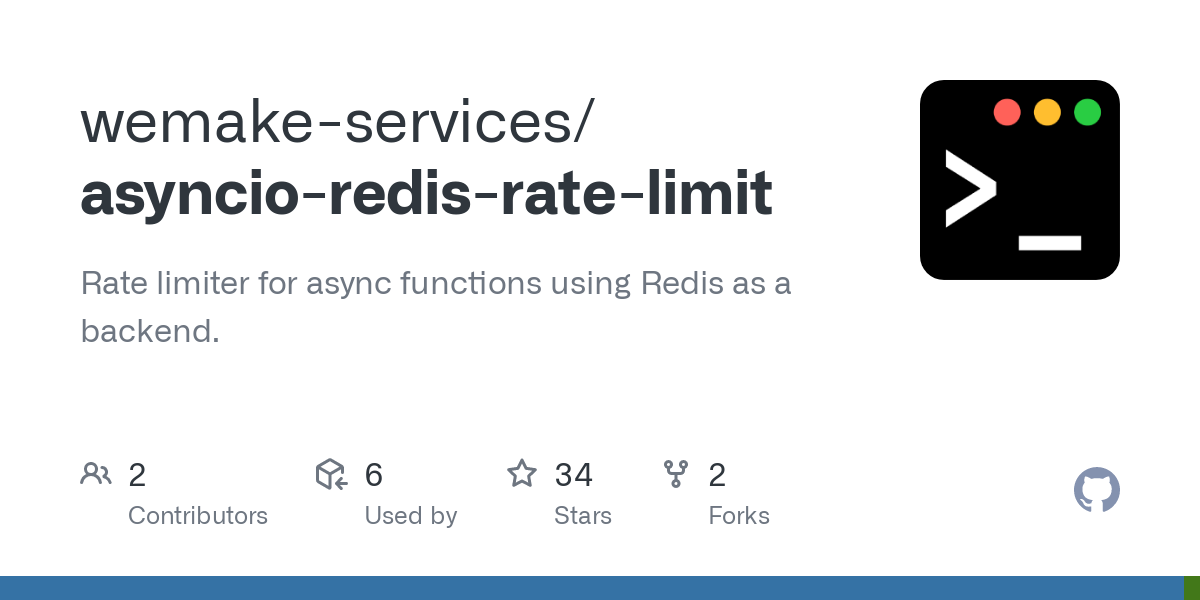
Here's a basic implementation using asyncio:
import asyncio
import time
class RateLimiter:
def init(self, max_requests_per_second):
self.max_requests_per_second = max_requests_per_second
self.request_count = 0
self.last_request_time = time.time()
async def wait_until_next_request_allowed(self):
while True:
current_time = time.time()
if current_time - self.last_request_time >= 1 / self.max_requests_per_second:
self.request_count = 0
self.last_request_time = current_time
break
await asyncio.sleep(0.01) # sleep for a short period to avoid busy-looping
async def request(self):
await self.wait_until_next_request_allowed()
self.request_count += 1
return f"Request {self.request_count} sent at {time.time()}"
async def main():
rate_limiter = RateLimiter(5) # allow up to 5 requests per second
for i in range(10):
print(await rate_limiter.request())
await asyncio.sleep(0.2) # simulate a task taking some time
asyncio.run(main())
In this example:
We define theRateLimiter class, which keeps track of the number of requests made within a certain time frame (determined by max_requests_per_second). The wait_until_next_request_allowed coroutine ensures that we don't exceed the allowed request frequency. It waits until the next request is allowed based on the current time and the last request's timestamp. The request method sends a request only when it's allowed, increments the request count, and updates the last request's timestamp. In the main coroutine, we create an instance of the RateLimiter and simulate sending 10 requests with varying delays between each call.
Benefits
This implementation offers several benefits:
Concurrency: By usingasyncio, we can manage multiple requests concurrently without blocking other tasks. Efficient rate limiting: Our rate limiter ensures that we don't exceed the allowed request frequency, preventing unwanted API calls or database queries. Flexibility: You can easily adjust the rate limiting settings by modifying the max_requests_per_second parameter.
Conclusion
In this response, we've explored how to implement rate limiting using Python's asyncio module. This is a powerful combination for building robust and efficient applications that interact with APIs or databases subject to rate limits. By leveraging asyncio, you can ensure that your requests are sent at the correct frequency and avoid unwanted consequences.
I hope this helps!

